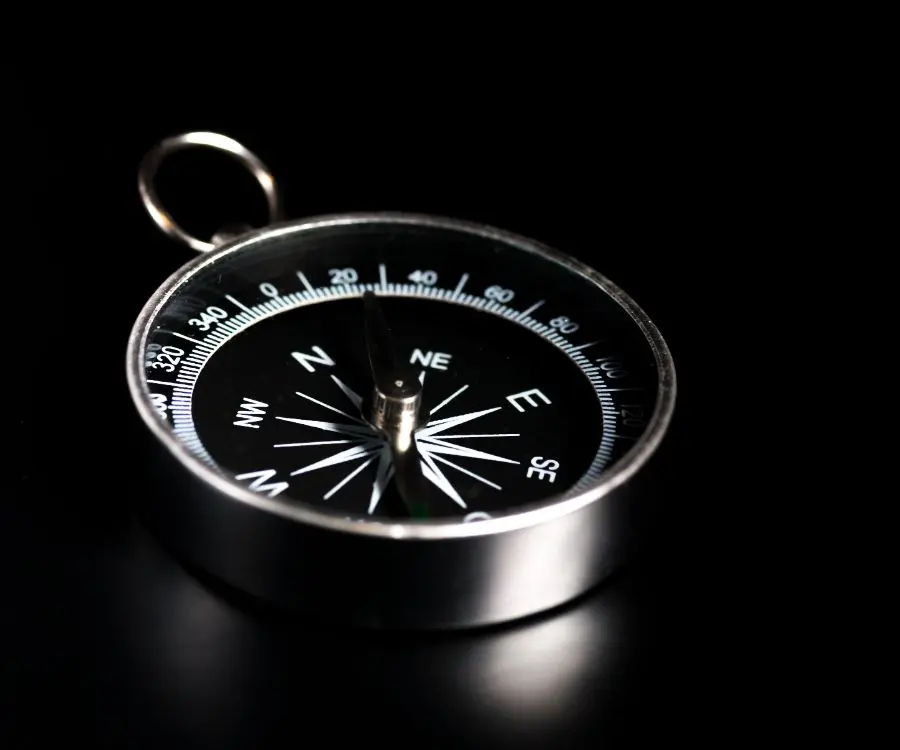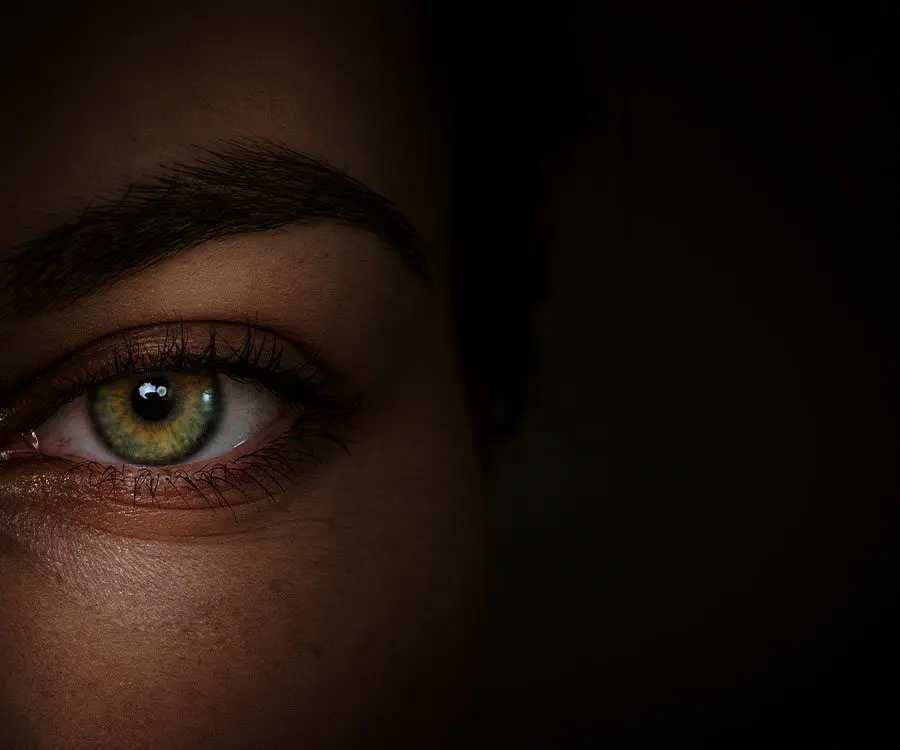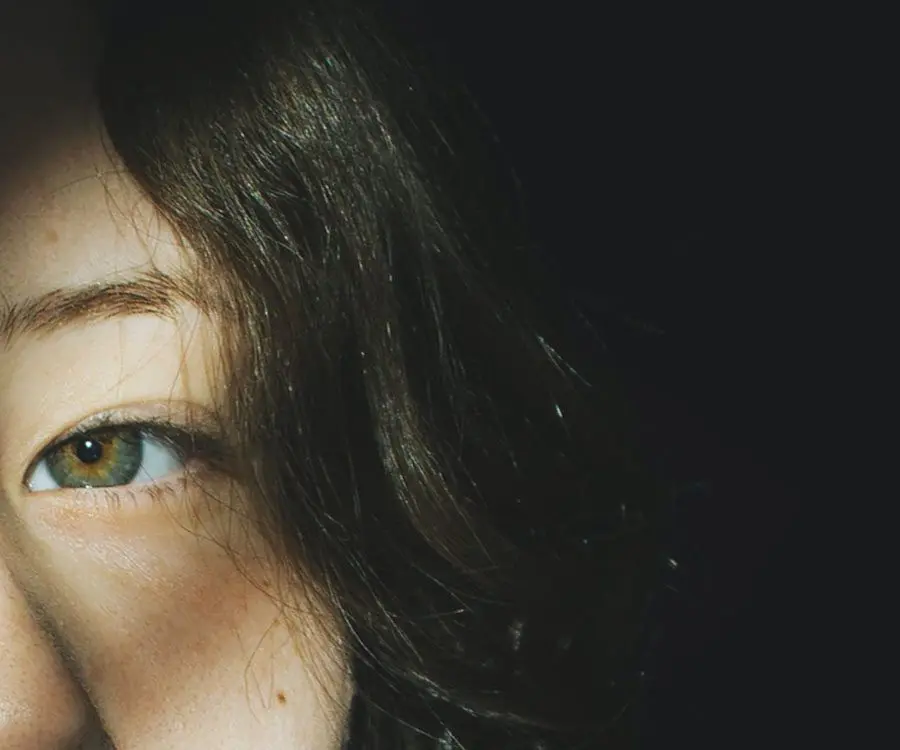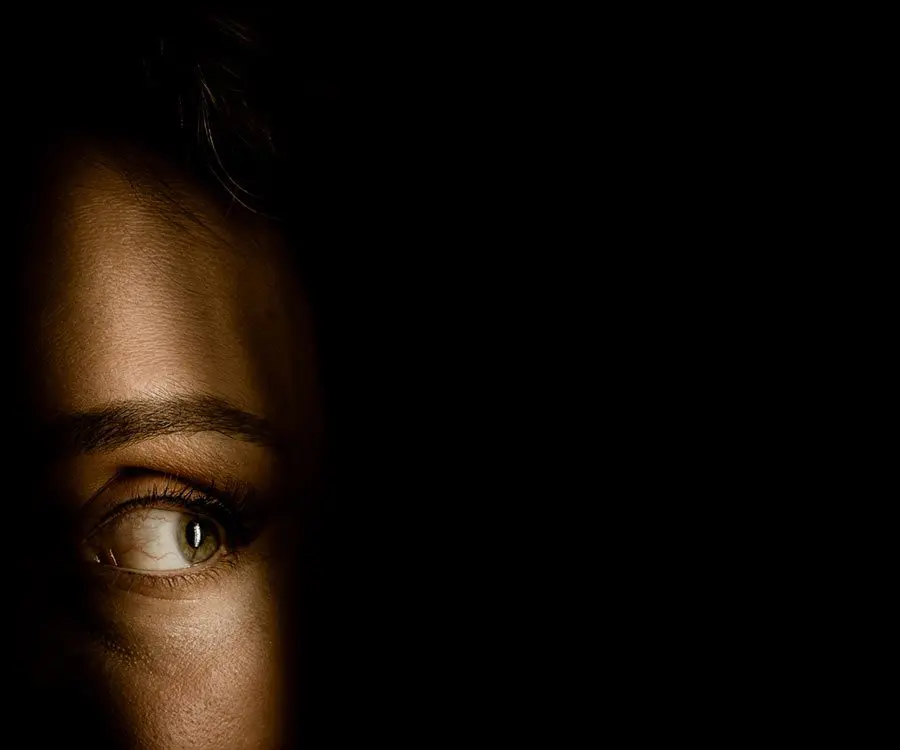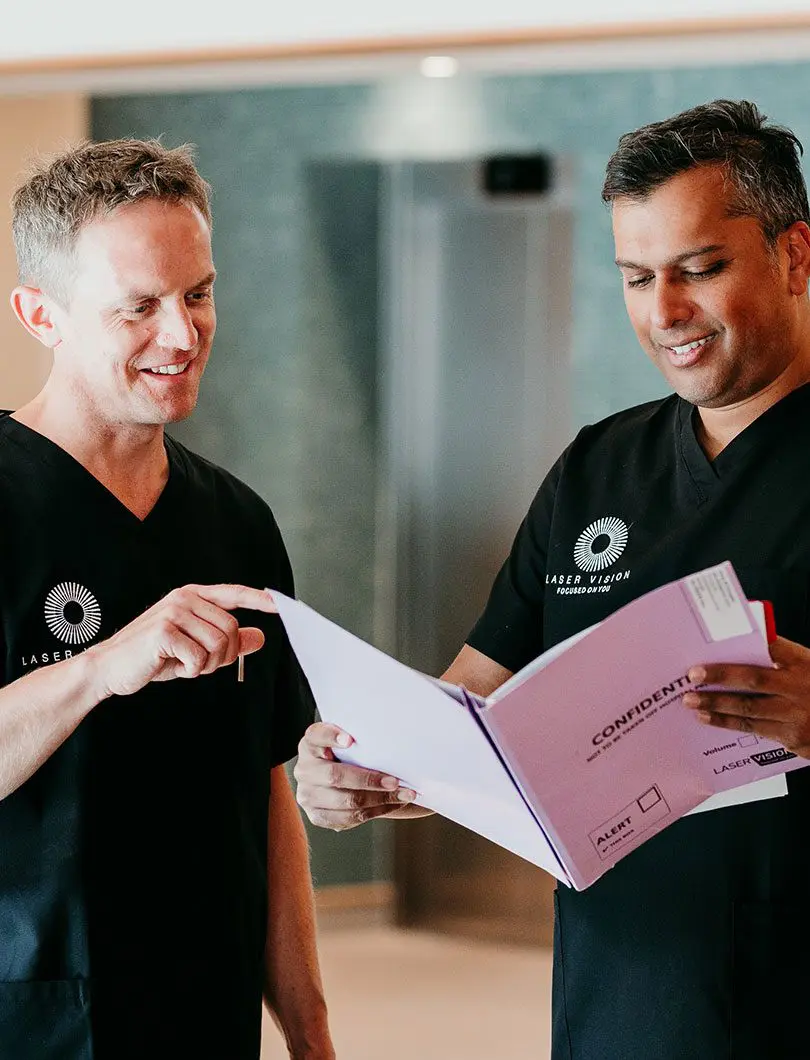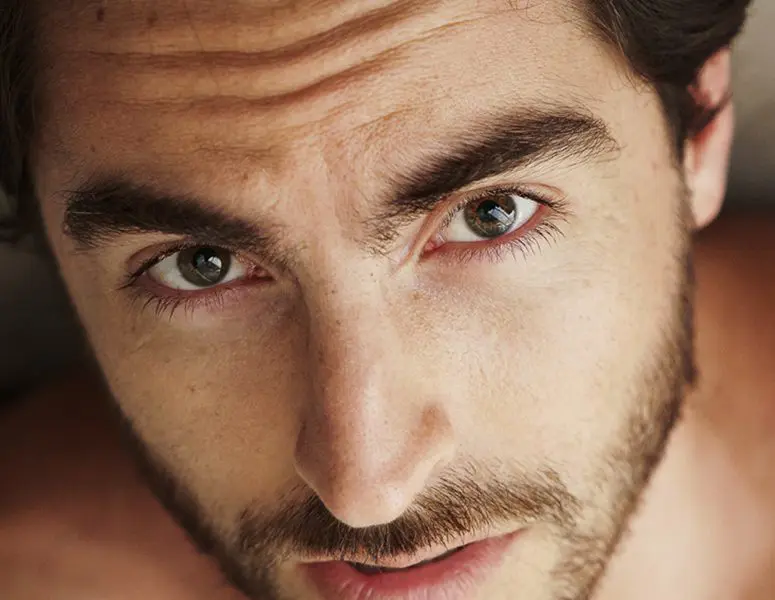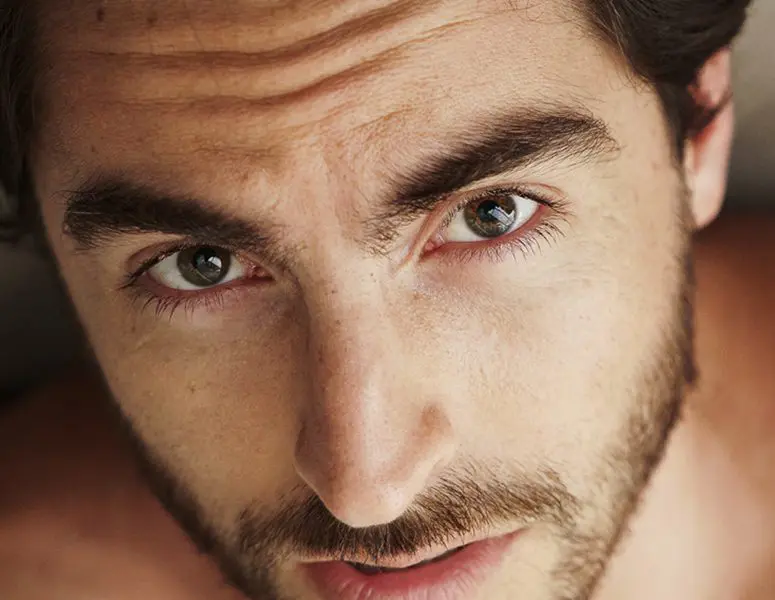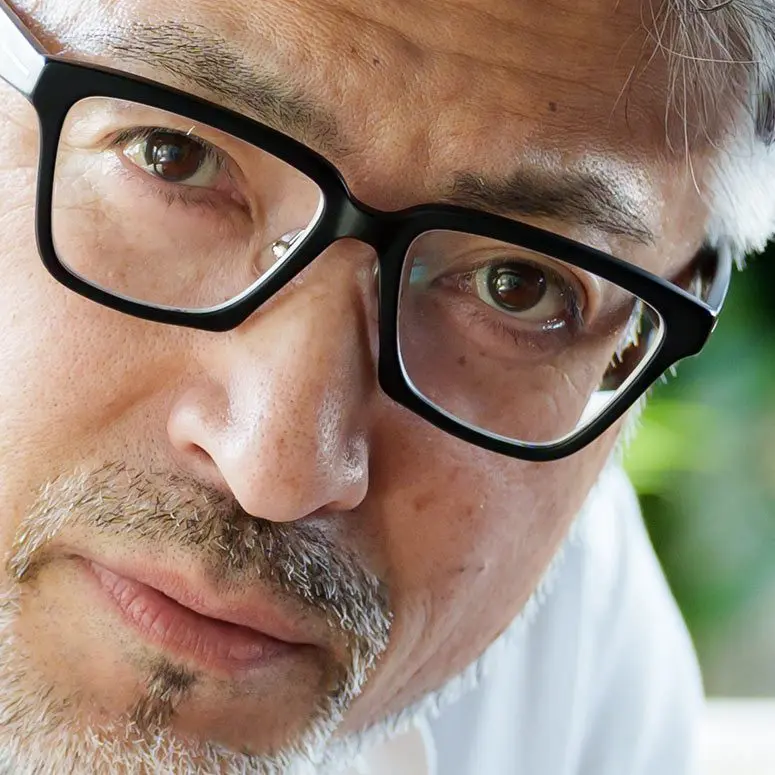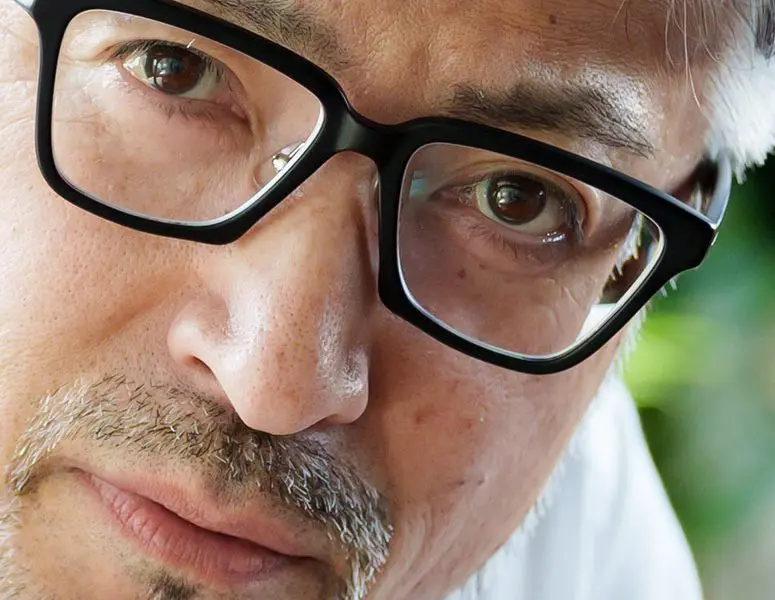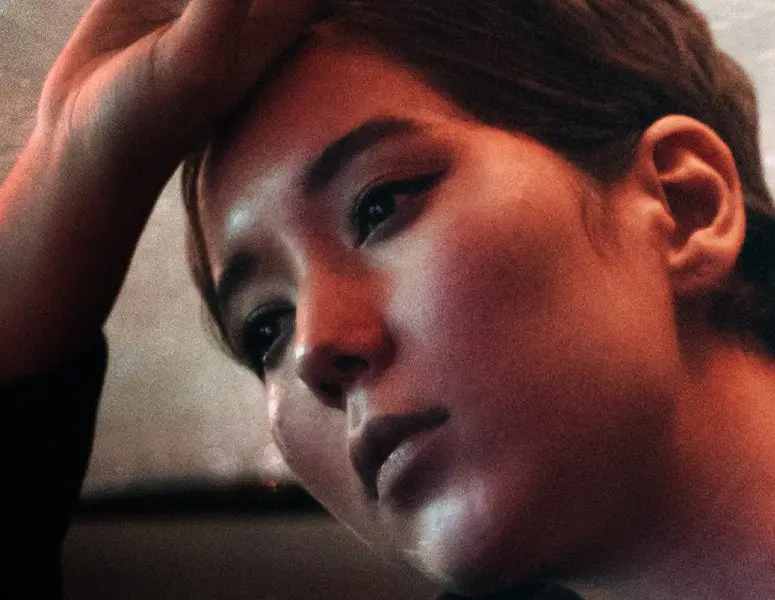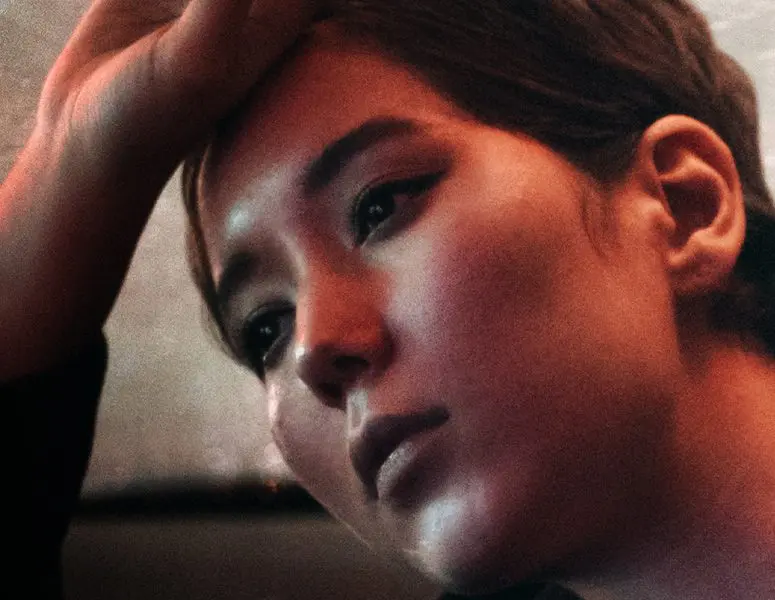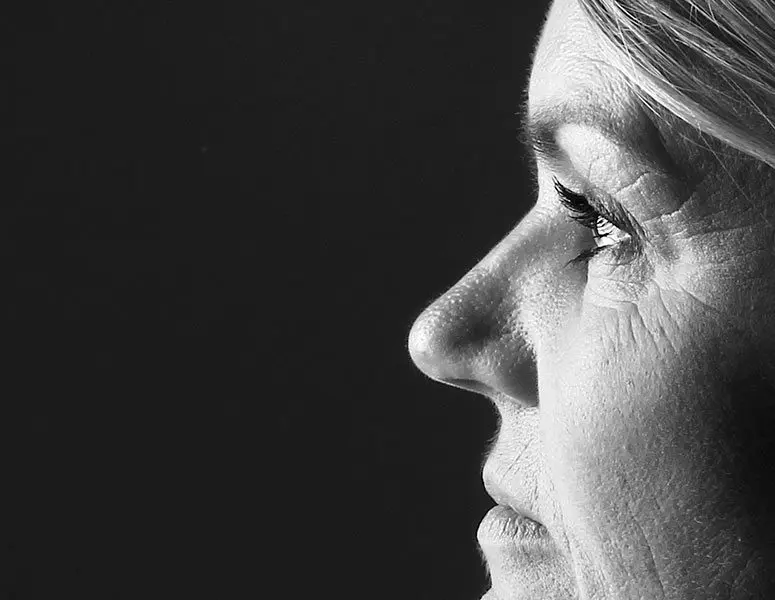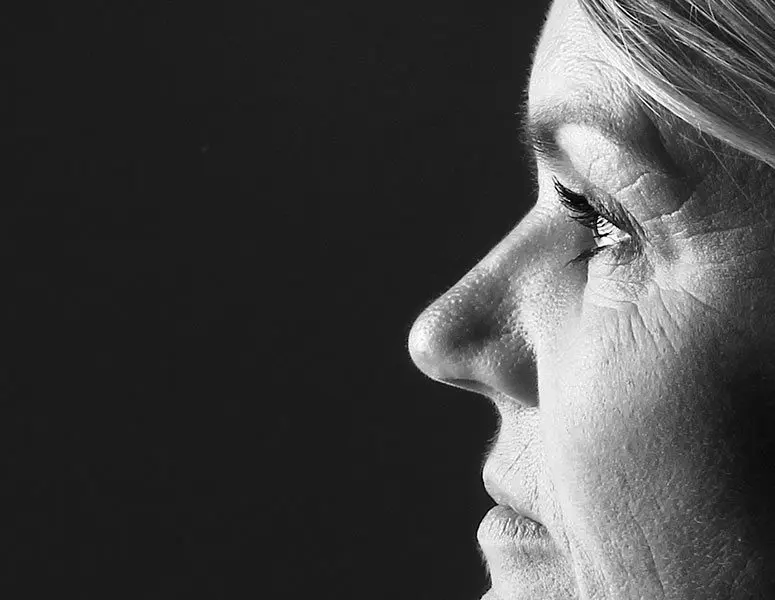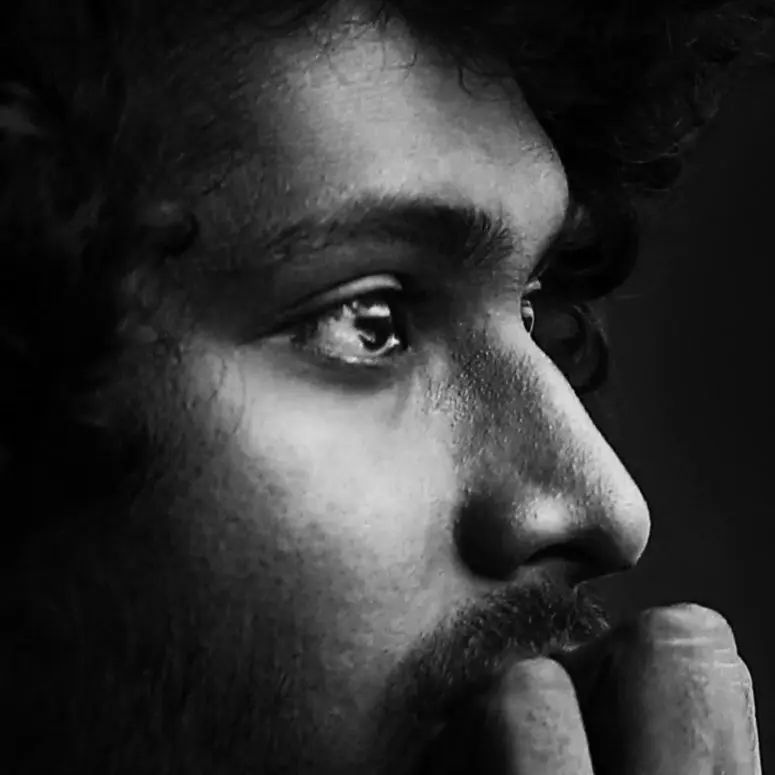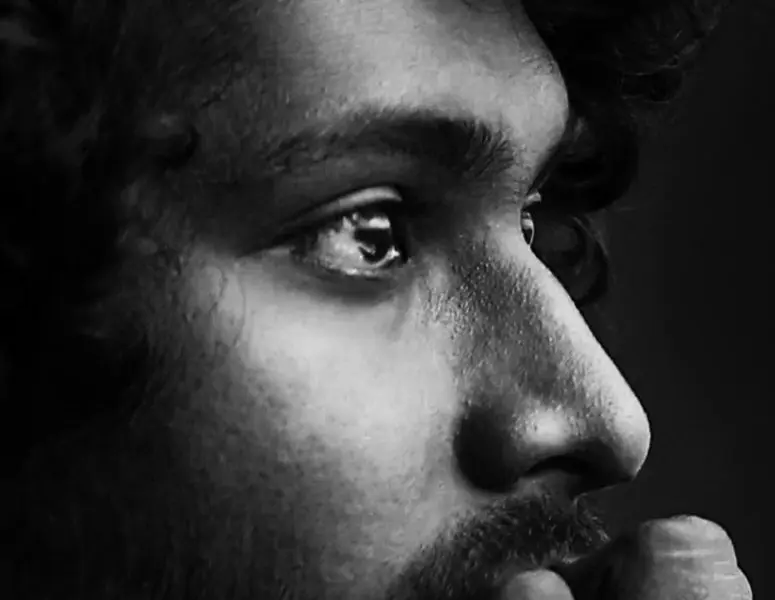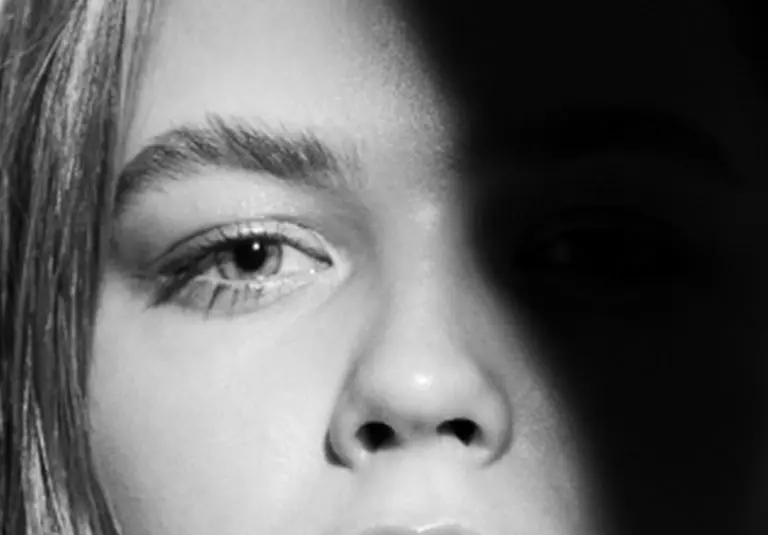- Glaucoma

YAG Iridotomy and SLT
- Treatment

- Glaucoma
YAG Iridotomy and SLT
Peripheral Iridotomy (PI) and Selective Laser Trabeculoplasty (SLT) are both effective methods with differing objectives, including angle closure. PI is a prophylactic procedure, designed to prevent angle closure. SLT reduces intraocular pressure in patients with open-angle glaucoma.
What is YAG Iridotomy and SLT?
The structure of the eyeball is maintained by a fluid which exerts a required pressure. This fluid is produced from within the eye by the ciliary body and is mainly drained from an angle at the front of the eye. This angle is mainly formed by the iris (the coloured part around your pupil) and the cornea (the clear window on the surface) and is referred to as the anterior chamber angle.
Glaucoma is a complex being and is majoritively found in eyes with open anterior chamber angles. However, in some individuals, this angle can become narrow or obstructed and may even close entirely. This prevents normal drainage of fluid from the eye and results in high intraocular pressure. One potential consequence of high intraocular pressure is damage to the optic nerve leading to a loss of peripheral vision (otherwise known as Glaucoma)
Clinical research shows us that high eye pressure is not the only mechanism behind glaucoma. However, current methods of treatment are entirely based around lowering the intraocular pressure; either by decreasing production of aqueous fluid or increasing its outflow. Treatment options at your local Laser Vision clinic range from medication such as eye drops and tablets, to laser treatment and surgery.
Clinical research shows us that high eye pressure is not the only mechanism behind glaucoma. However, current methods of treatment are entirely based around lowering the intraocular pressure; either by decreasing production of aqueous fluid or increasing its outflow. Treatment options at your local Laser Vision clinic range from medication such as eye drops and tablets, to laser treatment and surgery.

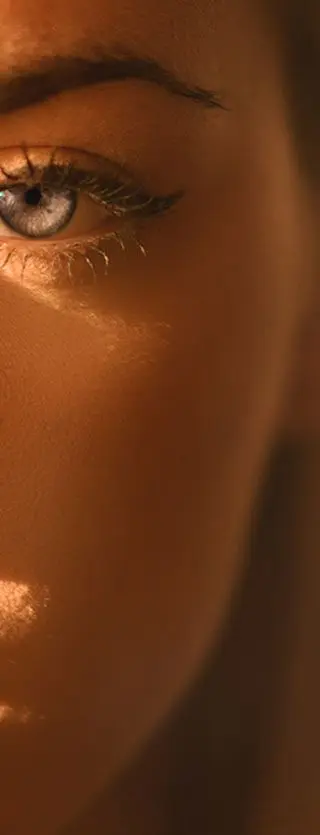
How is it performed?
- 1.Your consultant ophthalmologist will apply eye drops that reduce the size of your pupil in order to stop a rise in intraocular pressure
- 2.The eye is anaesthetised with numbing eye drops and a non-invasive pulse of laser used to form a discrete hole in the iris (YAG iridotomy) or a specialist contact lens is placed upon the eye with a jelly-like coupling agent (SLT).
- 3.The hole is typically made on an area of iris that is covered by the top eyelid to prevent any visual side effects (YAG iridotomy) or laser energy is applied to the drainage tissue known as the trabecular meshwork (SLT) kickstarting a chemical and biological change that results in improved drainage of fluid from the eye, reducing eye pressure
- 4.The treatment usually takes 10 - 15 minutes per eye
- 5.This is an outpatient procedure and you can return home as soon as it is complete
- 6.You may be given a course of anti-inflammatory drops to take at home


